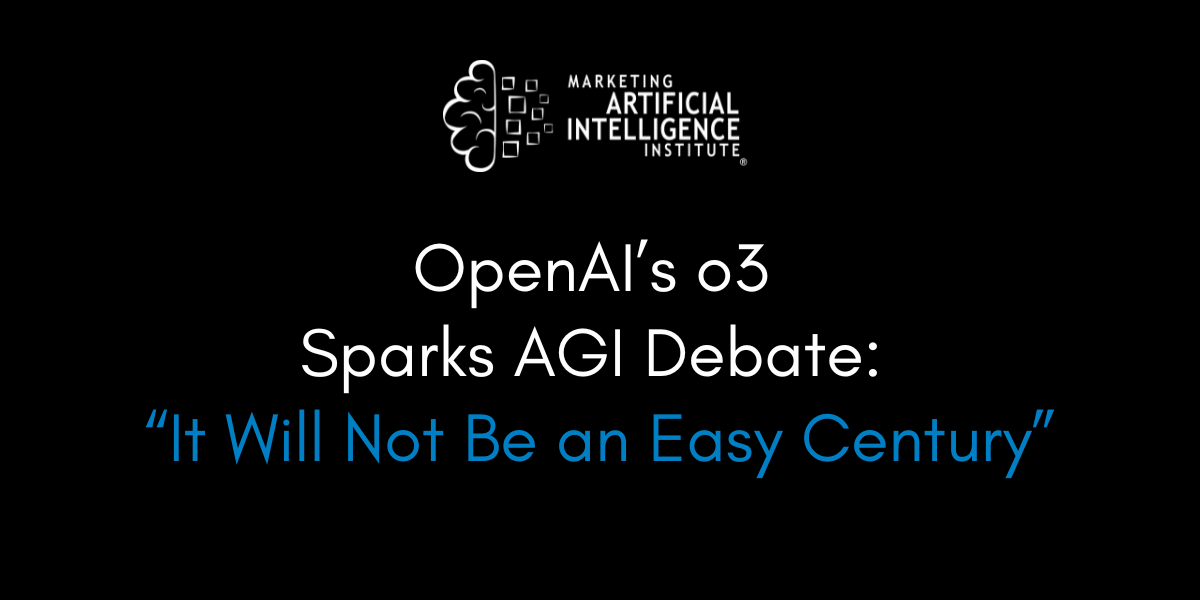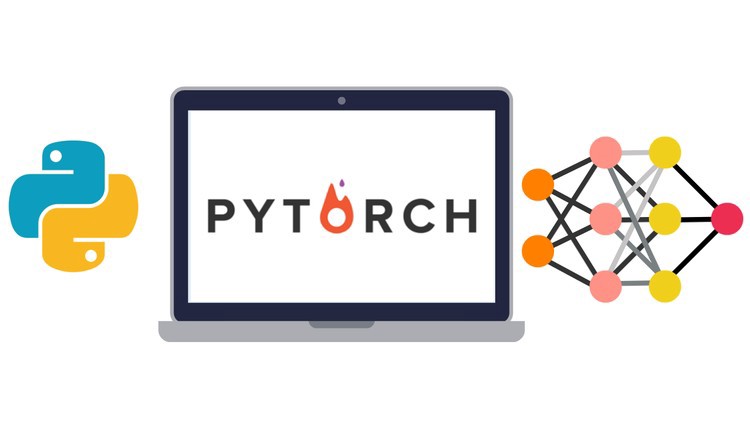Must-Know data science tools to know in 2025
In the fast-evolving world of data science, staying updated with the latest tools is essential for success. As businesses are continuing to rely on data-driven insights, professionals must master cutting-edge technologies to analyze, visualize, and interpret data effectively. With emerging trends in AI, machine learning, and big data, 2025 brings...Read more » The post Must-Know data science tools to know in 2025 appeared first on Big Data Analytics News.

In the fast-evolving world of data science, staying updated with the latest tools is essential for success. As businesses are continuing to rely on data-driven insights, professionals must master cutting-edge technologies to analyze, visualize, and interpret data effectively. With emerging trends in AI, machine learning, and big data, 2025 brings a new wave of data science tools designed to streamline workflows and enhance productivity. In this blog, we’ll explore the must-know data science tools that can help you stay competitive and advance your career in the ever-expanding data science landscape.
Data science has become the backbone of modern business decision-making. In today’s data-driven economy, organizations harness data to gain insights, predict market trends, and drive profitability. Data science helps businesses streamline operations, enhance customer experiences, and develop innovative products. From personalized recommendations in e-commerce to fraud detection in banking and predictive maintenance in manufacturing, data science applications are transforming industries globally.
As businesses increasingly adopt data-driven strategies, the demand for skilled data science professionals has surged. Industries like healthcare, finance, retail, and logistics actively seek experts in data analysis, machine learning, and data engineering. According to market reports, data science job roles are expected to grow by over 30% annually, making it one of the fastest-growing and highest-paying career paths.
Opting for a data science course in IIT is a strategic step toward a lucrative career. IIT’s cutting-edge curriculum, expert faculty, and hands-on projects equip learners with in-demand skills such as data modeling, statistical analysis, and AI-driven decision-making. An IIT certification, coupled with industry exposure and placement support, positions graduates for success in the competitive world of data science.
Data Science: An Introduction
Data science is the interdisciplinary field that extracts meaningful insights from different structured and unstructured data using scientific methods, algorithms, and analytical techniques. It combines elements of mathematics, statistics, computer science, and domain-specific knowledge to solve complex problems.
Data scientists work with data throughout its lifecycle—collecting, cleaning, analyzing, and interpreting results to support decision-making. Core processes include data wrangling, exploratory data analysis, statistical modeling, and building predictive models using machine learning algorithms.
Applications of data science span various industries: businesses use it for customer segmentation, financial institutions for fraud detection, and healthcare providers for disease prediction. Data visualization tools like Tableau and Matplotlib translate data insights into actionable reports.
As organizations increasingly rely on data-driven decisions, data science has emerged as a critical driver of innovation, shaping industries and transforming businesses in today’s digital era. It offers vast career opportunities with high demand for skilled professionals.
In-demand data science tools
Python Programming Language
Python is the most popular programming language for data science due to its simplicity, flexibility, and extensive library ecosystem. It supports data manipulation, statistical analysis, and machine learning through libraries like Pandas, NumPy, and scikit-learn. Python’s open-source nature and large community make it a top choice for both beginners and experts.
R Programming Language
R is a statistical computing language broadly used in data science for data analysis, visualization, and statistical modeling. It excels in tasks requiring complex statistical computations and data visualization. Popular libraries include ggplot2, dplyr, and caret, making R a preferred tool for academic research and data-heavy industries like healthcare and finance.
Python-Based Data Analysis Tools
- Pandas: Used for data manipulation and analysis, offering powerful DataFrame structures.
- NumPy: Supports large-scale numerical computations with multidimensional arrays.
- SciPy: Used for scientific and technical computing tasks.
- Scikit-learn: A robust machine learning library offering classification, regression, and clustering algorithms.
Open-Source Data Science Tools
- Jupyter Notebook: An interactive environment for coding, data analysis, and sharing results.
- Apache Spark: A big data tool for large-scale data processing and real-time analytics.
- KNIME: A visual workflow platform for data science tasks, including machine learning and predictive modeling.
Big Data Processing Tools
- Apache Hadoop: A big data framework for distributed storage and processing of large datasets using clusters.
- Apache Spark: A faster alternative to Hadoop, supporting in-memory data processing and real-time analytics.
- Kafka: Used for data streaming and real-time event processing.
Machine Learning Libraries
- TensorFlow: An open-source ML framework for building deep learning models.
- PyTorch: Popular for research-based machine learning tasks, especially in AI and neural networks.
- Keras: A user-friendly interface for developing deep learning models, built on TensorFlow.
- XGBoost: Known for high-performance implementations of gradient-boosting algorithms.
Tools for Managing Databases
- SQL: A standard database language used to query and manage relational databases.
- MongoDB: A NoSQL database known for handling unstructured data in JSON-like documents.
- Cassandra: A NoSQL database offering high availability and scalability for big data applications.
- PostgreSQL: An advanced open-source database with support for complex queries and data types.
Data Visualization & Business Intelligence (BI) Tools
- Tableau: A leading BI tool for interactive data visualization, used for creating dashboards and reports.
- Power BI: A business intelligence platform by Microsoft, offering seamless integration with other Microsoft products.
- Matplotlib & Seaborn (Python Libraries): Used for creating static, animated, and interactive data visualizations.
- Google Data Studio: A free tool required for creating custom dashboards and visual reports.
These tools empower data scientists to efficiently handle, analyze, and interpret data, making them indispensable in the modern data-driven business landscape. Mastery of these tools ensures a competitive edge in the rapidly growing field of data science.
Conclusion
Mastering the right data science tools is integral to stay competitive in the ever-evolving tech landscape of 2025. Righ from programming languages like Python and R to machine learning libraries, big data frameworks, and visualization tools, proficiency in these technologies opens the door to limitless career possibilities. Pursuing an IIT Madras data science course from equips learners with cutting-edge skills through expert-led training, hands-on projects, and industry-relevant case studies. With its world-class curriculum and strong industry ties, IIT Madras helps aspiring professionals build a robust foundation, gain real-world experience, and excel in high-demand roles within the rapidly growing field of data science.
The post Must-Know data science tools to know in 2025 appeared first on Big Data Analytics News.













/cdn.vox-cdn.com/uploads/chorus_asset/file/25302756/DSC06748_processed.jpg)



![[The AI Show Episode 130]: Worrying Future of Jobs Report, Altman: “Confident We Know How to Build AGI,” Why OpenAI’s Agents Are Delayed & Trump $20B Data Center Investment](https://www.marketingaiinstitute.com/hubfs/ep%20126%20cover-1.png)

